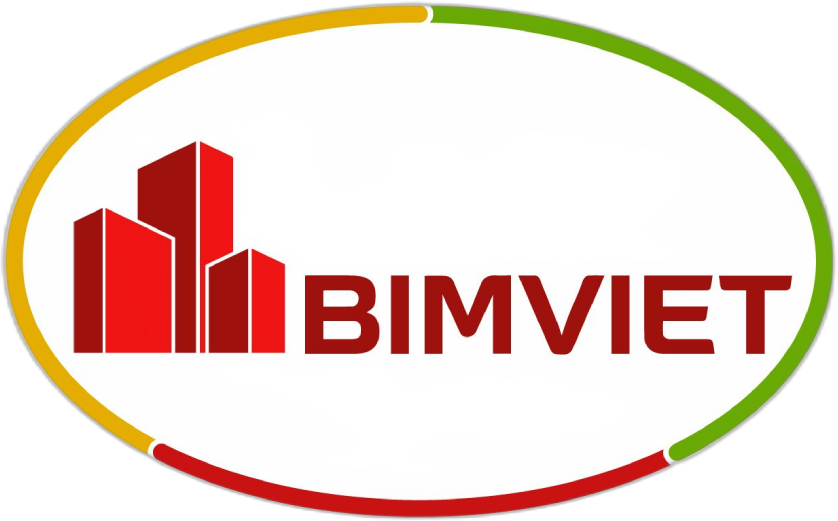With a shorter planning phase and a focus on highly iterative design and construction, RAD teams are able to accomplish more in less time without sacrificing client satisfaction. Once the project is scoped out, it’s time to jump right into development and build out the user design through various prototype iterations. Rapid application development (RAD) is an agile project management strategy popular in software development. Lastly, the project leader must have strong organizational and managerial skills because of the fast pace of work in RAD.
- Rapid Application Development (RAD) methodology is a flexible way to create and deploy software applications quickly.
- This is because you ultimately delve into development rather than taking a long time going through requirement planning and the design phase.
- This phase takes the approved prototypes that were produced from the phase above, and produces a working model of them.
- It’s loaded with a plethora of benefits–a process simulator, designer, tools for collaborating with your team, form builder, and more.
- While rapid application development (RAD) offers a range of benefits, including faster project completion, increased flexibility, and enhanced collaboration, it is not without its downsides.
- Other approaches to rapid development include the adaptive, agile, spiral, and unified models.
The RAD approach is a form of Agile software development methodology that prioritizes rapid prototype releases and iterations. Unlike the Waterfall method, the RAD model emphasizes the use of software and user feedback over strict planning and requirements recording. Rapid Application Development (RAD) is a software development methodology that emphasizes quick prototyping and iterative development to meet the requirements of a project.
RAD (Rapid Application Development) Model
If you’ve got that, then adapting rapid application development methodology helps increase overall team productivity, since there’s frequent communication about what each person is doing to bring the project to completion. After the prototypes in the previous step are confirmed, the features and functions are finalized, and the construction of the final product begins. The construction of the final product is a lot faster than traditional methods since the modules for the decided features were already made in the prototypes.
Developing software applications using low code platforms can lead to cost savings. Since the development process is faster and requires fewer specialized developers, organizations can allocate their resources more efficiently. Moreover, maintenance and updates become more straightforward, reducing ongoing operational costs. If you’re in the market for a business process management suite that covers your rapid application development needs as well, this is worth looking into.
What are some key features to look for when evaluating RAD tools for my organization?
It typically involves using pre-built, reusable code libraries and frameworks and agile development techniques such as incremental development and prototyping. If you’ve got a pool of users who can give consistent and reliable feedback on the prototypes you make, then rapid application development is a great model to follow. Prototypes built through the rapid application development model depend on feedback from previous iterations, so reliable feedback from dependable sources can be immensely helpful. Rapid Application Development refers to a software development approach that puts less emphasis on planning and even design specifications and more on rapid development and quick feedback. Prototypes are rapidly delivered to users to ensure they’re directly involved in feedback and development. Rapid application development is optimized for a small team with effective communication.

When everything is finalized, the final product is created, tested, and delivered to the customer. However, there has been some recent confusion over how rapid application development methodology differs from Agile development methodologies. By reducing planning time and emphasizing prototype iterations, RAD allows project managers and stakeholders to accurately measure progress and communicate in real time on evolving issues or changes. This results in greater efficiency, faster development, and effective communication. In this tutorial, we’ll explore the principles and stages of the RAD model.
Step 1: Define and finalize project requirements
This is the meat and potatoes of the RAD methodology—and what sets it apart from other project management strategies. During this phase, clients work hand-in-hand with developers to ensure their needs are met at every step in the design process. It’s almost like customizable software development where the users can test each prototype of the product, at each stage, to ensure it meets their expectations. RAD involves a collaborative approach where developers work closely with stakeholders to identify requirements, design, prototype, develop, and test the software.
Rapid application development was a response to plan-driven waterfall processes, developed in the 1970s and 1980s, such as the Structured Systems Analysis and Design Method (SSADM). One of the problems with these methods is that they were based on a traditional engineering model used to design and build things like bridges and buildings. At the very beginning, rapid application development sets itself apart from traditional software development models. It doesn’t require you to sit with end users and get a detailed list of specifications; instead, it asks for a broad requirement. The broad nature of the requirements helps you take the time to segment specific requirements at different points of the development cycle. It molded itself to fit the requirements of the time while retaining some core development guidelines.
Over 200k developers and product managers use LogRocket to create better digital experiences
For RAD to succeed, clients need to be understanding of the time frame of the project and need to be made aware of any changes or delays. Clients will also need to be proactive in making trajectory-based decisions. With the boom of smartphones and cloud services, there’s been an exponential increase in the requirement for good methodologies to make software quickly and efficiently. Because of the similarities between the two, rapid methodology and Agile development have often been thought of as one and the same. This step requires you to test your software product and ensure that all of its moving parts work together correctly and as the client expects.

Taking a RAD approach to software development involves focusing less on preparation than on the development and advancement of a project. Kissflow is a low-code platform that lets anyone develop their automated process in minutes instead of days or weeks. A single person can use Kissflow to work on developing an application.This is rapid application development taken to a new level–making applications as quickly as possible and can be used instantly by the entire company. With RAD, companies can deliver software before the competition to address changing market needs. Here, all the information groups from the Data Modeling stage are converted into usable data models. These models help extract information from the data objects for making the changes required for proper processing and are responsible for executing business functions.
How Will Kissflow Accelerate RAD?
Agile focuses on sustained and continuous progress over an extended period of time. RAD usually embraces object-oriented programming methodology, which inherently fosters software re-use. The most popular object-oriented programming languages, C++ and Java, are offered in visual programming packages often described as providing rapid application development. The success of RAD depends on a project manager’s ability to fully outline each development phase and communicate effectively with team members and stakeholders in real time. The RAD approach differs from traditional methodology by adhering to a strict deadline. In order for the project to proceed successfully, all stakeholders should be on board with the timeline.
Then, we’ll analyze the advantages and disadvantages of using this methodology. Moreover, we’ll discuss some of the tools and techniques that can help to implement RAD, including prototyping, iterative development, and continuous testing. Rapid Framework is a collection of libraries, methods, classes, and reusable objects that follow the rapid application development paradigm. RAD frameworks help developers save time by organizing and streamlining their work. Frameworks save time by eliminating the need to create libraries and methods from scratch.
Phase 1: Requirements planning
RAD is preferred when customer feedback is involved throughout the product design, development, and testing life cycle. To deliver the product, RAD emphasizes time-boxed, incremental delivery of the product. In summary, the advantages software consulting rates of low code application development are substantial and diverse. From speeding up development to promoting innovation and reducing costs, low code development has emerged as a powerful approach to software application creation.
Why Is Rapid Application Development So Popular Now?
Compared to other development models, rapid application development is relatively inexpensive, but there are some instances where the developments can be expensive due to RAD characteristics. The bright side is, if you’ve got the staff, you can get the idea from concept to end product a lot quicker than other models. The visual interface and pre-built components reduce the need for manual coding, which is often a source of bugs and coding mistakes.
It’s got a solid list of features to create business web tools and customize them any way you like. If you’re looking to join the trend, you’ll need some Rapid Application Development (RAD) tools that can help you kickstart your development process. Luckily for you, there have been several app builders have emerged as mature players in this space. Kissflow employs a lot of RAD design philosophies, such as quick prototyping, receiving constant feedback on how an app works, and easy maintenance. Moreover, since you can test it out before you release it into your office environment, you have an idea of whether it actually works as intended or not. With Kissflow, you can create your own custom apps for your business processes and workflows.
Deprecated: Function WP_Query được gọi với một tham số đã bị loại bỏ kể từ phiên bản 3.1.0! Hãy sử dụng
ignore_sticky_posts thay cho caller_get_posts (sẽ sớm bị loại bỏ) in /www/wwwroot/bimviet.com.vn/wp-includes/functions.php on line 5663